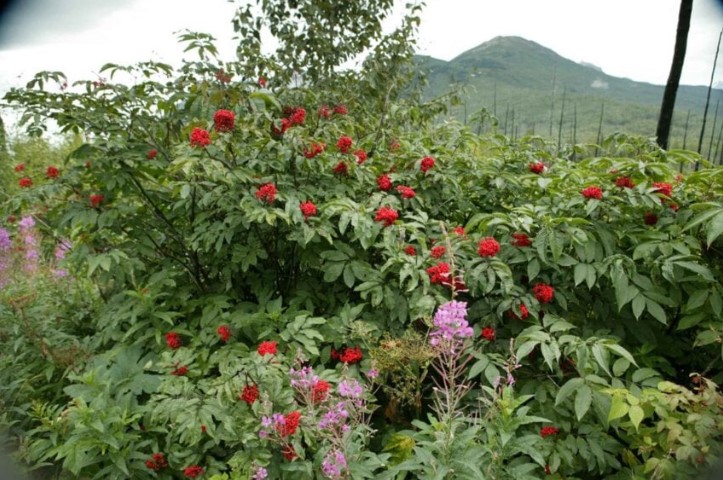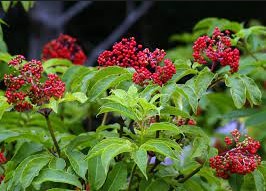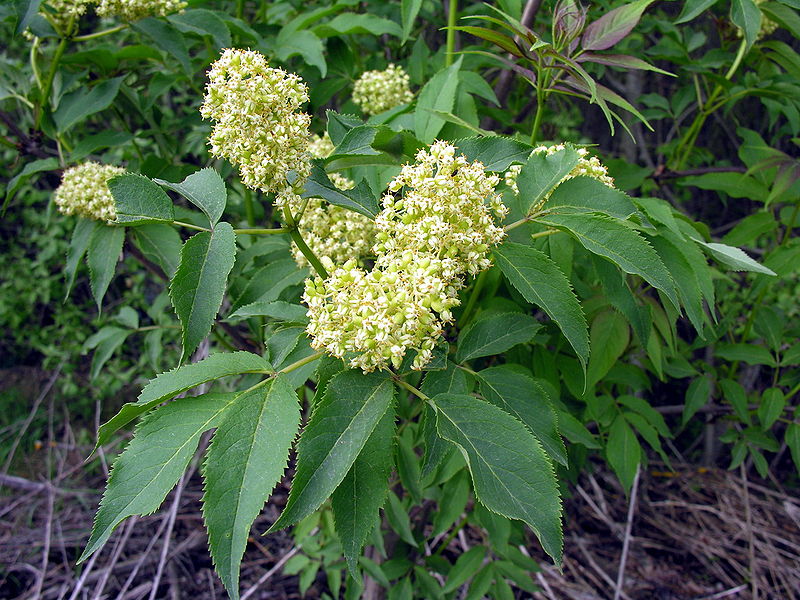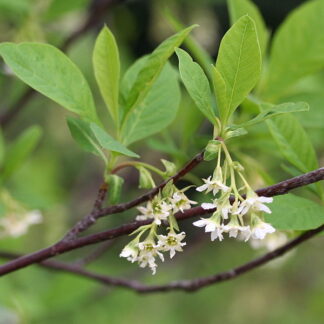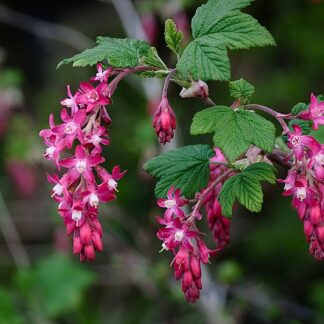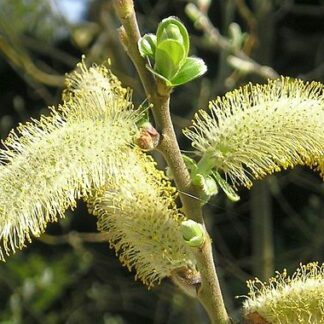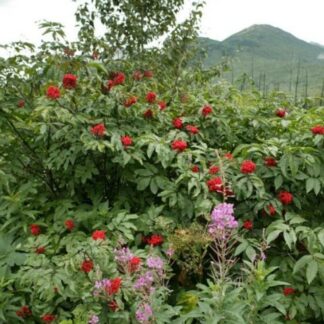Description
Sold in bundles of 10.
At a Glance: Large deciduous shrub to small tree
Height: Up to 6m tall
Stems: Soft reddish brown twigs with distinct odor
Leaves: Large 5-15cm long serrated compound leaves with 5-7 leaflets
Flowers: Clusters of small white flowers
Fruits: Clusters of bright red berries.
Appeal: Beautiful bright red berries. Great food source for birds. Fast growing.
Ethnobotany: Red elderberry was an important food source for many local tribes. Raw berries can cause nausea, so the berries were boiled and the seeds and stems were discarded.
Helpful Tips: Does best planted in moist to wet, well drained soils. Click HERE to determine your recommended planting density.
Caution: The stems, bark, leaves and roots are toxic. They contain cyanide.
| Sun/Shade Tolerance | Hydrology | Elevation Range |
|
full sun > 80%
mostly sunny 60%-80%
partial sun and shade 40%- 60%
mostly shady 60%-80%
full shade > 80%
|
wet
moist
|
low elevation
mid elevation
|
| Soil Preferences | ||
|
sandy soils
gravelly soils
peaty soils
|
well drained soils
shallow soils
deep soils
|
humic soils
nutrient rich soils
nutrient poor soils
|
| Wildlife Value | |
|
Berries
Pollinator plant
Thickets and shelter
|
Berries are an important food source for wildlife |
Livestock Toxicity: Elderberry fruit is harmless when cooked, but the leaves, stems, bark and roots contain two toxins which are harmful to livestock– cyanogenic glycoside and alkaloids. Signs of toxicity are typically severe gastroenteritis (vomiting, diarrhea and colic) though severe cyanide poisoning may occur and cause difficulty breathing, convulsions and death.
References:
Pojar, Jim, and Andy MacKinnon. Plants of the Pacific Northwest Coast: Washington, Oregon, British Columbia & Alaska. Revised ed. Redmond, Wash.: B.C. Ministry of Forests and Lone Pine Pub., 2004. Print.
“Sound Native Plants.” Sound Native Plants. Web. 31 Oct. 2014. www.soundnativeplants.com.

